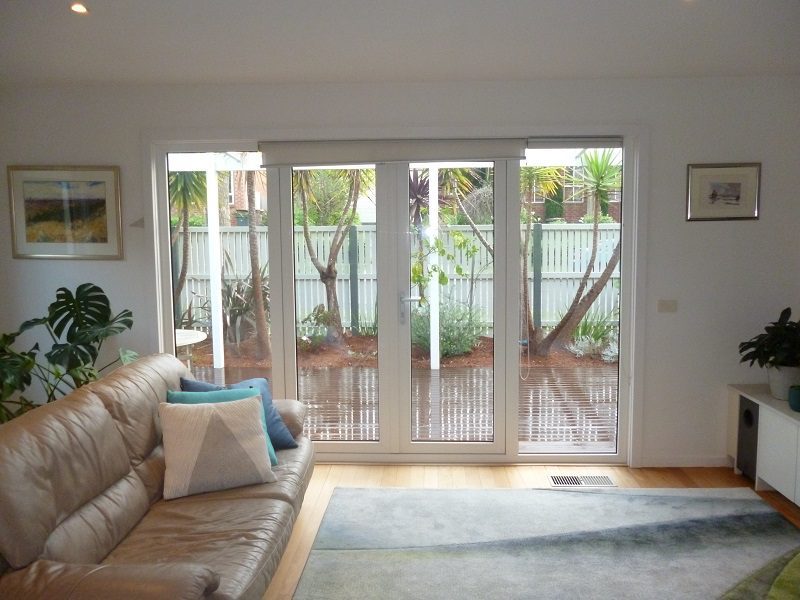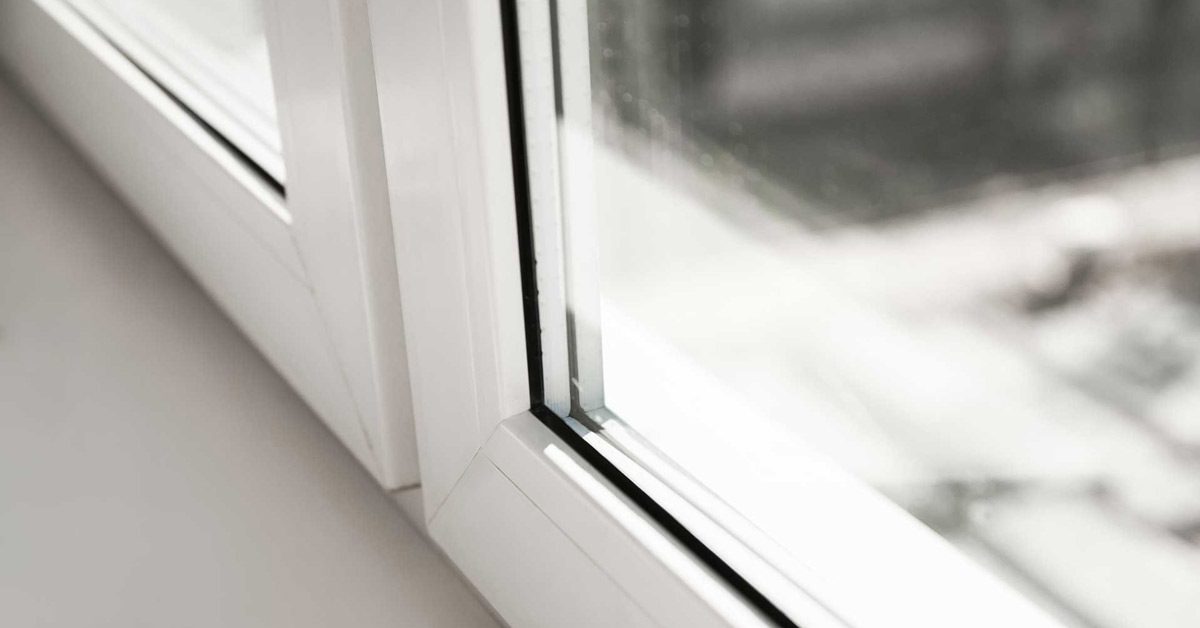All Categories
Featured
Table of Contents
Glass Selector - Custom Single & Double Glazed ... in Watermans Bay Western Australia
Glazing simply implies the windows in your home, including both openable and fixed windows, as well as doors with glass and skylights. Glazing in fact just indicates the glass part, however it is typically used to refer to all elements of an assembly consisting of glass, films, frames and home furnishings. Taking notice of all of these aspects will assist you to attain efficient passive design.

Energy-efficient glazing makes your home more comfortable and considerably reduces your energy expenses. However, improper or inadequately designed glazing can be a major source of undesirable heat gain in summer and significant heat loss and condensation in winter season. Up to 87% of a house's heating energy can be gotten and up to 40% lost through windows.
Why Is Double Glazing So Important In Winter? in Kalamunda WA
Glazing is a considerable financial investment in the quality of your home. A preliminary investment in energy-efficient windows, skylights and doors can greatly decrease your yearly heating and cooling expense.

This tool compares window choices to a base level aluminium window with 3mm clear glass. Understanding a few of the essential properties of glass will assist you to select the very best glazing for your home. Secret properties of glass Source: Adapted from the Australian Window Association The amount of light that travels through the glazing is referred to as visible light transmittance (VLT) or visible transmittance (VT).
What Is The Best Glazing For My Home? - Part 2 in Beaconsfield WA
This might lead you to switch on lights, which will lead to higher energy costs. Conduction is how readily a product conducts heat. This is called the U value. The U worth for windows (expressed as Uw), explains the conduction of the whole window (glass and frame together). The lower the U value, the higher a window's resistance to heat flow and the better its insulating value.
If your house has 70m2 of glazing with aluminium frames and clear glass with a U worth of 6. 2W/m2 C, on a winter's night when it is 15C cooler outside compared with inside, the heat loss through the windows would be: 6. 2 15 70 = 6510W That is comparable to the overall heat output of a big room gas heating system or a 6.
Stay Cool This Summer With Double Glazed Windows - Aaa Glass in Henley Brook Perth
![Best Way To Block Sun Heat From Windows [Professionally] in Beeliar Western Australia](https://www.ecostardoubleglazing.com.au/app/uploads/2022/05/9-Ash-lg-18.jpg)
If you select a window with half the U value (3. 1W/m2 C) (for instance, double glazing with an argon-filled gap and less-conductive frames), you can halve the heat loss: 3. 1 15 70 = 3255W The solar heat gain coefficient (SHGC) for windows (expressed as SHGCw) determines how readily heat from direct sunshine flows through an entire window (glass and frame together).
The lower a window's SHGC, the less solar heat it transfers to the house interior. The actual SHGC for windows is impacted by the angle that solar radiation strikes the glass.
Double Glazing Australia Blogs in Wanneroo WA
When the sun is perpendicular (at 90) to the glass, it has an angle of incidence of 0 and the window will experience the optimum possible solar heat gain. The SHGC declared by glazing manufacturers is always computed as having a 0 angle of incidence. As the angle increases, more solar radiation is shown, and less is transmitted.
Latest Posts
Window Glazing For Households - Energy in Millendon Western Australia
Best Double Glazing Brighton Archives in East Victoria Park Perth
Double Glazed Windows Sydney in Duncraig WA